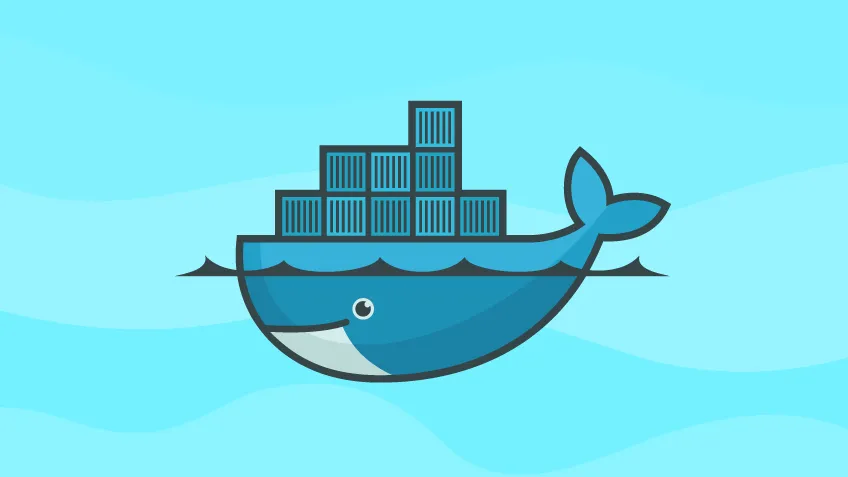How to optimize Docker images
Essential techniques to optimize Docker images, enabling streamlined deployments and enhancing overall application performance.

In today's fast-paced world of software development, efficiency is paramount. Docker, with its lightweight and portable containerization technology, has become a staple for deploying applications. However, as your containerized applications grow, so does the size and complexity of Docker images. Bloated images not only consume more storage but also lead to longer deployment times and increased resource usage.
Hence, let's explore a few essential techniques to optimize Docker images, enabling streamlined deployments and enhancing overall application performance.
Choose the Right Base Image Starting with a minimal and appropriate base image is crucial. Avoid using generic images like "ubuntu" or "debian" unless necessary. Opt for specialized and slim base images such as "alpine" that are specifically designed for Docker and provide only the necessary components. These lightweight images can significantly reduce the size of your final Docker image.
Leverage Multi-Stage Builds Multi-stage builds allow you to separate the build environment from the runtime environment, resulting in smaller and more efficient Docker images. In the initial build stage, include all necessary tools and dependencies to compile your application. Then, in the final stage, copy only the compiled artifacts into a fresh image, discarding any unnecessary build-related components. This technique reduces the final image size and eliminates the need to include unnecessary build tools in the runtime environment.
# Build Stage
FROM golang:1.16-alpine AS build-stage
WORKDIR /app
COPY . .
RUN go build -o myapp
# Final Stage
FROM alpine:3.14
WORKDIR /app
COPY /app/myapp .
CMD ["./myapp"]
Minimize Installed Packages Review the packages installed in your Docker image and remove any unnecessary ones. Consider using package managers like "apk" or "apt-get" with the "--no-install-recommends" flag to exclude recommended but non-essential packages. Additionally, uninstall any build-time dependencies that are no longer required in the runtime environment.
RUN apk update && \
apk add --no-cache <your-package-name> && \
apk del <build-time-dependency>
Optimize Dockerfile Instructions Optimize your Dockerfile instructions to minimize layer sizes. Combine multiple commands into a single line using "&&" to reduce the number of intermediate layers. This helps to avoid unnecessary layer creation and decreases the image size. Additionally, use the "COPY" instruction instead of "ADD" when copying files, as it is more straightforward and avoids any unwanted extraction or processing.
RUN apt-get update && \
apt-get install -y package1 package2 && \
apt-get clean
Utilize .dockerignore Leverage the .dockerignore file to exclude unnecessary files and directories from being included in the Docker build context. By preventing these files from being sent to the Docker daemon, you can significantly reduce the build context size and improve build times.
Compress and Optimize Assets If your application includes static assets, such as CSS, JavaScript, or image files, consider compressing and optimizing them before adding them to the Docker image. Minification, concatenation, and image compression techniques can help reduce the overall size of the assets, resulting in smaller Docker images.
Use Docker Image Layer Caching Leverage Docker image layer caching to speed up subsequent builds. By structuring your Dockerfile in a way that minimizes changes to earlier layers, Docker can reuse those layers from the cache, reducing build times. Place frequently changing instructions at the end of your Dockerfile to maximize the effectiveness of caching.
Regularly Update Base Images and Packages Keep your base images and packages up to date to benefit from security patches and performance improvements. Regularly check for updates and rebuild your Docker images with the latest versions. This ensures that you are using the most optimized and secure components in your deployments.
Wrapping Up
Optimizing Docker images is crucial for efficient application deployments. By following these best practices, such as choosing the right base image, leveraging multi-stage builds, minimizing installed packages, and optimizing instructions, you can significantly reduce the size of your Docker images and enhance overall application performance. Embrace these techniques, fine-tune your Dockerfile, and unlock the full potential of Docker's lightweight containerization technology.
By implementing these optimizations, you can experience tangible benefits. Let's consider an example where we optimize a Docker image for a Node.js application. The initial Docker image size was approximately 300MB. After applying the techniques mentioned above, the final optimized Docker image size reduced to around 120MB, resulting in a significant 60% size reduction. This reduction translates to faster image pulls, reduced storage costs, and improved deployment times.
Start optimizing your Docker images today and witness the performance gains firsthand. Happy containerizing!